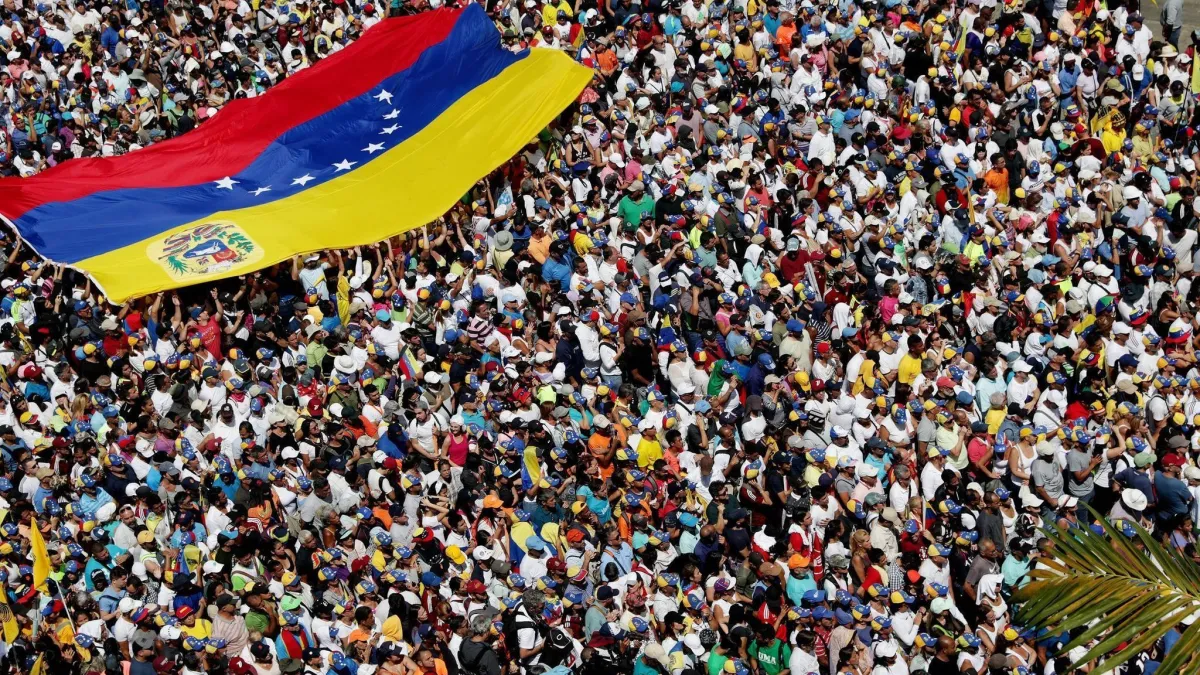
لقد كان من دواعي سروري مؤخرًا أن أقضي الليلة ورأسي فوق المرحاض، في محاولة فاشلة لإيقاف التقيؤ اللامتناهي الناجم (على الأرجح) عن قطعة صغيرة من عجين الكعك. لقد تذكرت بألم شديد المرة الأولى التي أصبت فيها بتسمم غذائي من بعض الدجاج المخادع في وسط تايلاند. كان أخي وزوجته في الخارج يتنزهان، يستمتعان بالنباتات الغريبة، بينما كنت أموت وحدي في كوخ في الغابة، أتقيأ وأرتجف وأهلوس وأصنع صداقات مع الفأر الذي كان يعيش في الحمام...
لا يكون التسمم الغذائي ممتعاً أبداً، ولكنه يكون أسوأ عندما تكون مسافراً وبعيداً عن وسائل الراحة المنزلية. قيء وإسهال وغثيان وتقلصات في البطن... لقد عانى الكثير من الناس من أعراض التسمم الغذائي أو على الأقل يعرفون شخصاً ما عانى منها. بالنسبة إلى المسافرين، تتراوح معدلات الإصابة بالتسمم الغذائي من 30% إلى 70%حسب الوجهة. وتشمل المناطق الأكثر خطورة معظم مناطق آسيا والشرق الأوسط وأفريقيا والمكسيك وأمريكا الوسطى والجنوبية.
إذاً كيف تتجنب التسمم الغذائي؟ يعلم الجميع عدم شرب المياه، ولكن الأمر لا يتعلق فقط بتجنب الصنبور في غرفتك في الفندق أو النزل. هناك العديد من المصادر الأخرى لتلوث الطعام التي غالباً ما يتجاهلها الناس. أي شيء نيء أو غير مطبوخ جيداً يشكل خطراً محتملاً، بما في ذلك السلطات... قد يكونون قد غسلوا تلك الخضراوات في الماء الذي تحاول تجنبه. الثلج هو مصدر كبير آخر (بعض المسافرين ينسون أن الثلج هو ماء مجمد...) على سبيل المثال، في كمبوديا يتم نقل كتل كبيرة من الثلج إلى الحانات والمطاعم على شاحنات، مما يمثل صورة غير سارة للمسافرين الذين قد يستمتعون بتناول مشروب في فناء المطعم. والآن يستخدم هذا الثلج تقنياً لتبريد العلب والزجاجات بدلاً من أن ينتهي به المطاف في مشروبات الناس, ولكن إنه أرخص بكثير من الثلج النظيف لذلك أنت لا تعرف أبدًا.
وهذه هي النقطة الرئيسية... أنك لا تعرف على وجه اليقين أبداً، لذا يجب عليك دائماً اتخاذ احتياطات السلامة الغذائية. إليك بعض النصائح من سيتاتا حول سلامة الطعام والشراب أثناء السفر:
في كثير من الأحيان، يمكن أن يكون تناول الطعام من الباعة الجائلين في العديد من البلدان تجربة آمنة ومفيدة. ومع ذلك، قد لا يهتم بعض الباعة المتجولين والمطاعم بالطرق السليمة للتعامل مع الطعام وإعداده. فالتبريد غير الكافي أمر شائع في أجزاء كثيرة من العالم وقد يكون هناك تلوث متبادل للمكونات، بالإضافة إلى عدم كفاية تطهير مناطق إعداد الطعام. إذا استسلمت لجانبك المغامر, التأكد من أن الطعام قد تم طهيه مؤخرًا وبشكل صحيح، وأنها لم تجلس طوال اليوم.
حاول أن تتأكد من أن طعامك ساخن جداً عندما تحصل عليه. تجنب البوفيهات وصواني الحلوى التي قد يكون الطعام فيها قد ظلّ في الخارج تنمو فيه البكتيريا طوال اليوم. وهذا يشمل تلك المعجنات الصغيرة المملوءة بالكريمة وغيرها من منتجات المخبوزات التي يضعونها في المنتجعات.
يمكن أن تحتوي اللحوم النيئة، بما في ذلك المأكولات البحرية، على بكتيريا أو فيروسات أو طفيليات ضارة، لذا تأكد من طهي اللحوم النيئة جيداً قبل تناولها.
هناك عدة خيارات لضمان أن تكون المياه آمنة للشرب. يُعد غلي الماء (الغليان الكامل لمدة دقيقة واحدة على الأقل، و3 دقائق في الارتفاعات العالية) أفضل طريقة لأنه سيقتل البكتيريا والطفيليات والفيروسات في الماء. ويحمل بعض المسافرين أقراص اليود لتطهير المياه كيميائياً، ومع ذلك، هناك بعض الطفيليات التي قد لا تقتلها هذه الطريقة. ويحمل آخرون فلاتر مياه محمولة، لكنها لا تزيل الفيروسات بشكل فعال. سيؤدي استخدام مزيج من الترشيح والتطهير الكيميائي إلى الحصول على مياه آمنة، ولكن من لديه الوقت لذلك عندما تكون درجة الحرارة أكثر من 40 درجة مئوية ومشمسة، وأنت مشغول بالتنزه أو زيارة المعابد أو السباحة على الشاطئ.
لحسن الحظ، تنتشر المياه المعبأة في كل مكان في معظم أنحاء العالم أثناء السفر. حاول أن تتأكد من أن المياه المعبأة من مصدر موثوق به، مثل علامة تجارية مشهورة داخل البلد، وتأكد أيضاً من أن جميع المشروبات المعبأة في زجاجات لها غطاء محكم الغلق تماماً. إذا لم يكن الختم سليماً، فربما تمت إعادة تعبئة الزجاجة.
مرة أخرى، غالبًا ما يتم غسل الخضراوات والفواكه النيئة في نفس مياه الصنبور غير الصالحة للشرب التي كنت حريصًا على تجنبها. التزم بالوجبات المطبوخة جيداً لضمان قتل البكتيريا والفيروسات والطفيليات.
ستساعد هذه الاحتياطات في تقليل خطر الإصابة بالتسمم الغذائي، ولكن في بعض الأحيان تكون سلامة الطعام خارجة عن سيطرة المسافر. إذاً ماذا تفعل إذا أصبت بالتسمم الغذائي؟ في حين أنك قد تشعر وكأنك في الواقع تموت ببطء على أرضية الحمام، إلا أن أعراض التسمم الغذائي عادةً ما تزول في غضون يومين.
قد تبدو الأطعمة والمياه الملوثة غير ضارة تماماً. فقط لأن رائحته لا تبدو فاسدة أو لأنك لا ترى أي زغب أخضر ينمو عليه لا يعني أنه آمن للأكل. النقطة الأساسية هي أنك لا تعرف أبداً، لذا كن حذراً دائماً بشأن ما تتناوله أثناء السفر و الطهي في المنزل